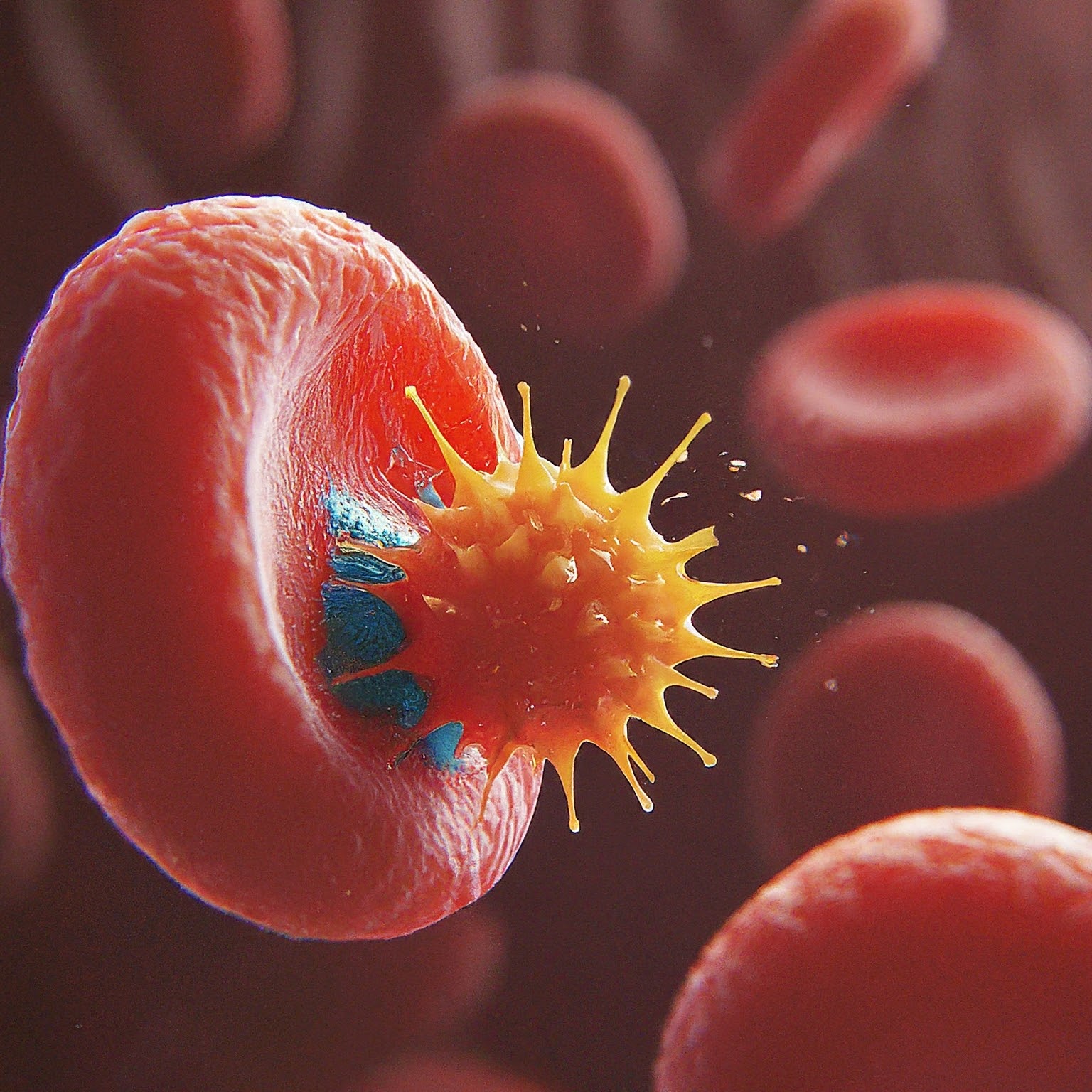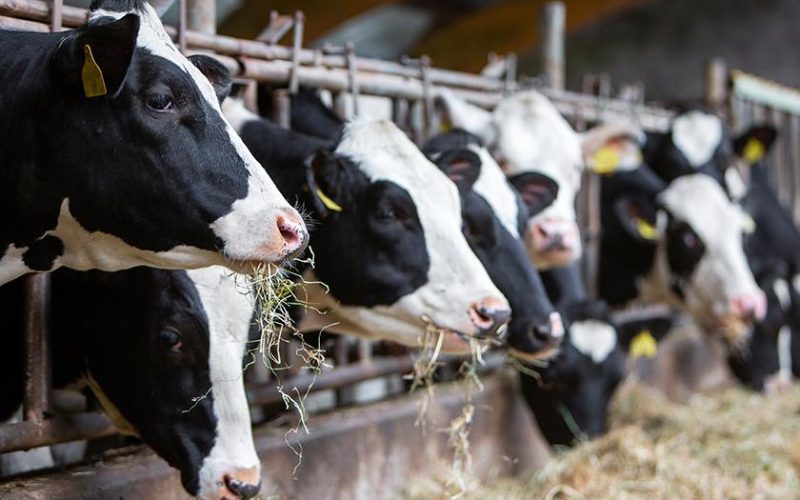Howdy! I’m Dr. Clara Johnson, a veterinarian with over 20 years of experience working with dairy farms. From routine checkups to disease outbreaks, I’ve seen it all. Today, we’ll be diving into the recent mutations of bird flu and how they might impact dairy farms.
Avian Influenza on the Rise: A Refresher
You’re likely familiar with Avian Influenza (AI), a respiratory illness affecting birds. The highly pathogenic (HPAI) strains are particularly concerning, causing devastating outbreaks in poultry farms worldwide. These strains spread rapidly among birds through wild bird migration, contaminated surfaces, and close contact with infected birds. Symptoms in poultry include lethargy, difficulty breathing, and a dramatic decrease in egg production.
Mutating Menace: How Bird Flu Could Affect Dairy Farms
Here’s the thing: recent mutations in bird flu strains have raised concerns about their ability to jump between species, potentially impacting mammals like dairy cows. While research is ongoing, the exact risk and how the virus might affect cows remain uncertain. This is why staying informed and implementing biosecurity measures are crucial for dairy farms.
Protecting Your Herd: Biosecurity Measures
Let’s talk about how to fortify your defenses! Here are some key biosecurity measures to minimize the risk of bird flu transmission on your dairy farm:
- Limit access: Discourage unauthorized visitors and implement protocols for essential personnel entering the farm area.
- Be vigilant: Train your staff to spot sick or dead wild birds around the farm and dispose of them properly following recommended guidelines.
- Rodent control: Implement a rodent control program to minimize the risk of these creatures carrying the virus into your barns.
- Vehicle sanitation: Establish procedures for disinfecting vehicles entering and leaving the farm to prevent the spread of any potential contaminants.
- Dedicated footwear: Encourage staff to wear designated footwear within the barns and change shoes before leaving the farm area.

Spotting the Signs: Early Detection of Bird Flu
Early detection is critical for containing outbreaks and protecting your herd. Be on the lookout for these potential signs of bird flu in your dairy cows:
- Sudden drop in milk production: A significant decrease in milk yield can be an early indicator of illness.
- Unusual lethargy: Healthy cows are generally active. Pay attention to cows that seem unusually sluggish or disinterested in their surroundings.
- Respiratory problems: Coughing, difficulty breathing, or nasal discharge could be signs of respiratory illness.
If you suspect bird flu in your herd, immediately contact your local veterinarian and report the case to the authorities.
Working with Officials: Reporting and Collaboration
Collaboration is key! Reporting suspected cases of bird flu to your local veterinarian and authorities is crucial for containing outbreaks and protecting public health. Officials can provide guidance, testing, and support to manage the situation effectively.
The Road Ahead: Vaccines and Research
Currently, there are no commercially available vaccines for bird flu in dairy cows. However, research is ongoing to develop new vaccines or treatments that could offer better protection. Stay tuned for updates from veterinary associations and research institutions.
Staying Informed: Resources for Dairy Farmers
Here are some credible resources to help you stay updated on the latest bird flu developments:
- The National Poultry Improvement Plan (NPIP)
- The American Veterinary Medical Association (AVMA):
- The United States Department of Agriculture (USDA):
Remember, knowledge is power! By staying informed and implementing the precautions outlined above, you can significantly reduce the risk of bird flu impacting your dairy farm.
Conclusion
The recent mutations in bird flu pose a new challenge, but it’s not insurmountable. Dairy farmers, veterinarians, and public health officials are working together to address this evolving situation. By prioritizing biosecurity, early detection, and collaboration, we can navigate this challenge effectively. Let’s keep working together to safeguard the health of our dairy herds and ensure a safe food supply.












